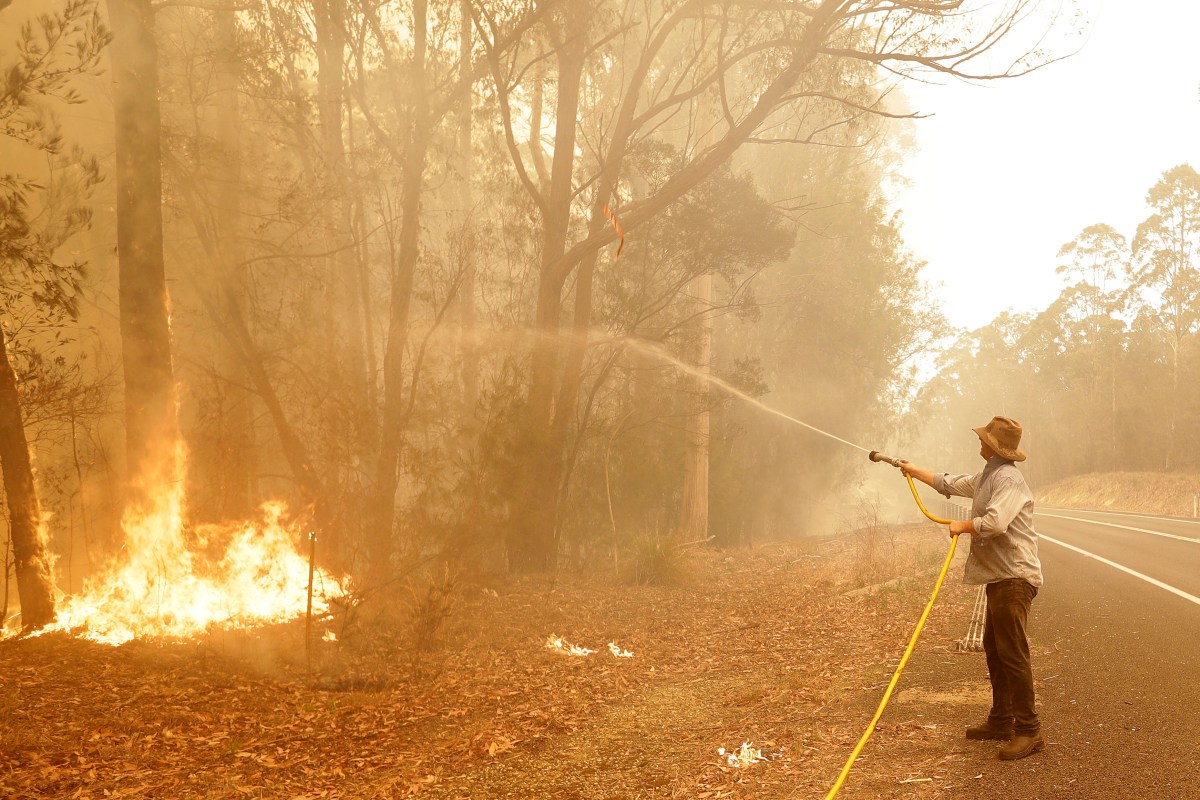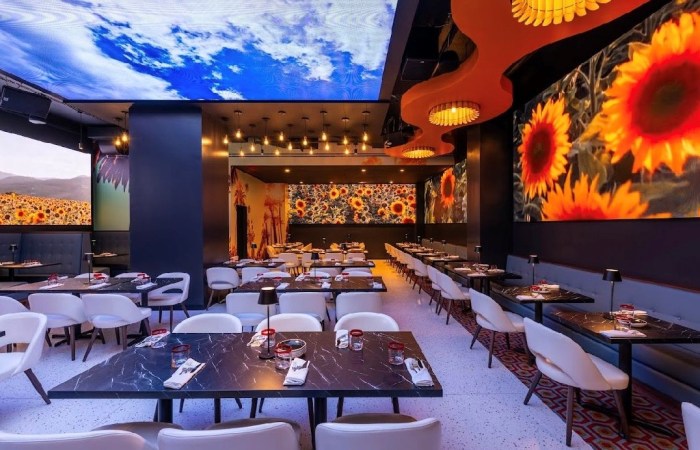By SHONAL GANGULY and STEVE McMORRAN
Australia’s prime minister called up about 3,000 reservists on Saturday as the threat of wildfires escalated in at least three states, while strong winds and high temperatures were forecast to bring flames to populated areas including the suburbs of Sydney.
Prime Minister Scott Morrison said 23 people had died in the wildfires so far this summer, including two in a blaze on a highway on Kangaroo Island off the coast of South Australia state, the latest fatalities.
“We are facing another extremely difficult next 24 hours,” Morrison said at a televised news conference. “In recent times, particularly over the course of the balance of this week, we have seen this disaster escalate to an entirely new level.”
He also confirmed that his scheduled visits to India and Japan later this month have been postponed. He was due to visit India from Jan. 13 to 16 and Japan immediately afterward. Morrison came under fire for taking a family vacation in Hawaii as the wildfire crisis unfolded in December.
He said that the governor general had signed off on the calling up of reserves “to search and bring every possible capability to bear by deploying army brigades to fire-affected communities.”
Defense Minister Linda Reynolds said it was the first time that reservists had been called up “in this way in living memory and, in fact, I believe for the first time in our nation’s history.”
The government has committed 20 million Australian dollars ($14 million) to lease four fire-fighting aircraft for the duration of the crisis, and the helicopter-equipped HMAS Adelaide was deployed to assist evacuations from fire-ravaged areas.
The fire danger increased as temperatures rose to record levels across Australia on Saturday, surpassing 43 degrees Celsius (109 Fahrenheit) in Canberra, the capital, and reaching a record-high 48.9 C (120 F) in Penrith, in Sydney’s western suburbs.
As night approached, 3,600 firefighters were battling blazes across New South Wales. Power was lost in some areas as fires downed transmissions lines, and residents were warned that the worst may be yet to come.
“We are now in a position where we are saying to people it’s not safe to move, it’s not safe to leave these areas,” state Premier Gladys Berejiklian told reporters. “We are in for a long night and I make no bones about that. We are still yet to hit the worst of it.”
The deadly fire on Kangaroo Island broke containment lines Friday and was described as “virtually unstoppable” as it destroyed buildings and burned through more than 14,000 hectares (35,000 acres) of Flinders Chase National Park. While the warning level for the fire was reduced Saturday, the Country Fire Service said it was still a risk to lives and property.
The two men killed on Kangaroo Island were identified as Clayton Lang, 43, a leading plastic and reconstructive surgeon from Adelaide, and bush pilot and safari trip operator Dick Lang, 78.
New South Wales Rural Fire Service Deputy Commissioner Rob Rogers warned that the fires could move “frighteningly quick.” Embers carried by the wind had the potential to spark new fires or enlarge existing blazes.
Rural Fire Service Commissioner Shane Fizsimmons said the 264,000-hectare (652,000-acre) Green Wattle Creek fire in a national park west of Sydney could spread into Sydney’s western suburbs.
He said crews have been doing “extraordinary work” by setting controlled fires and using aircraft and machinery to try to keep the flames away.
Fitzsimmons called on residents and tourists in the path of the fires to evacuate as soon as possible.
“Our message has been to make sure you leave yesterday,” he said. “Leaving it until today is cutting it fine. The sooner you make that decision the better, and I would say do it now. Don’t leave it any longer because the window will shrink and will shrink very quickly.”
More than 130 fires were burning in New South Wales, with at least half of them out of control.
Firefighters were battling a total of 53 fires across Victoria state, and conditions were expected to worsen with a southerly wind change. About 900,000 hectares (2.2 million acres) of bushland has already been burned through.
In a rare piece of good news, the number of people listed as missing or unaccounted for in Victoria was reduced from 28 to six.
“We still have those dynamic and dangerous conditions — the low humidity, the strong winds and, what underpins that, the state is tinder dry,” Victoria Emergency Services Commissioner Andrew Crisp said.
Thousands have already fled fire-threatened areas in Victoria, and Crisp urged more people to leave. “If you might be thinking about whether you get out on a particular road close to you, well there’s every chance that a fire could hit that particular road and you can’t get out,” he said.
Victoria police reported heavy traffic flows on major roads and praised motorists for their patient and orderly behavior.
The early and devastating start to Australia’s summer wildfires has already burned about 5 million hectares (12.35 million acres) of land and destroyed more than 1,500 homes. More acres have burned so far than in any one year in the U.S. in around seven decades, when Harry S. Truman was president.



































